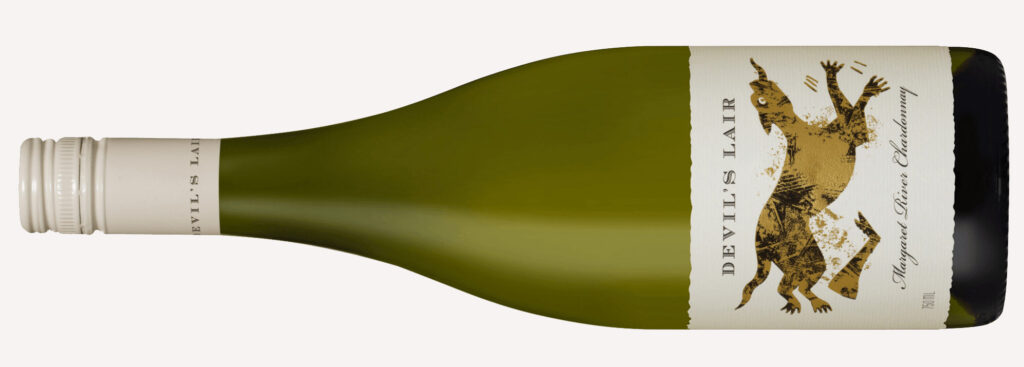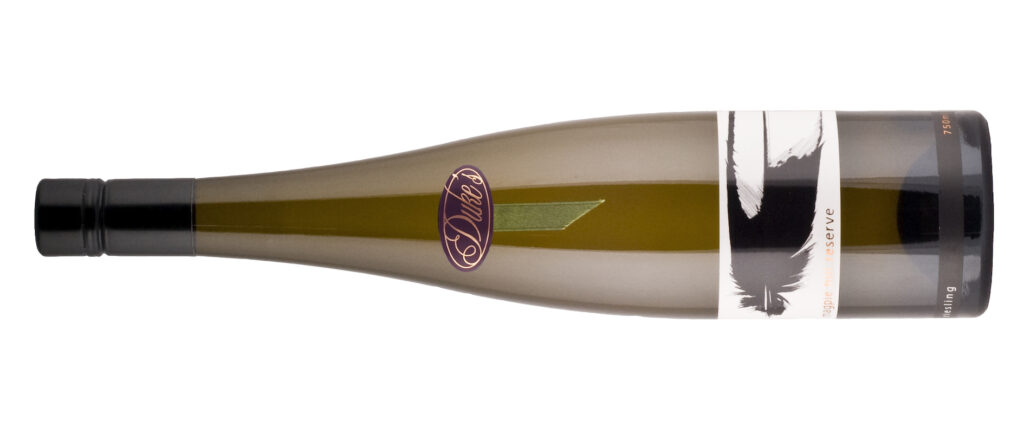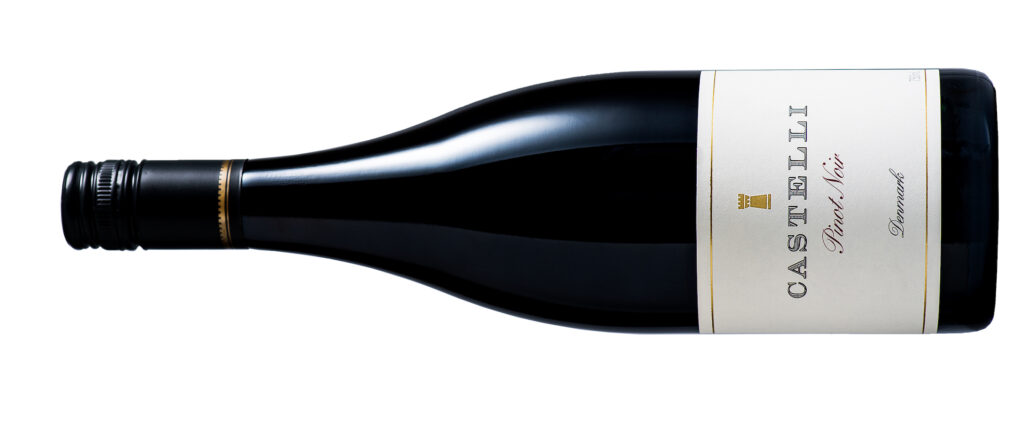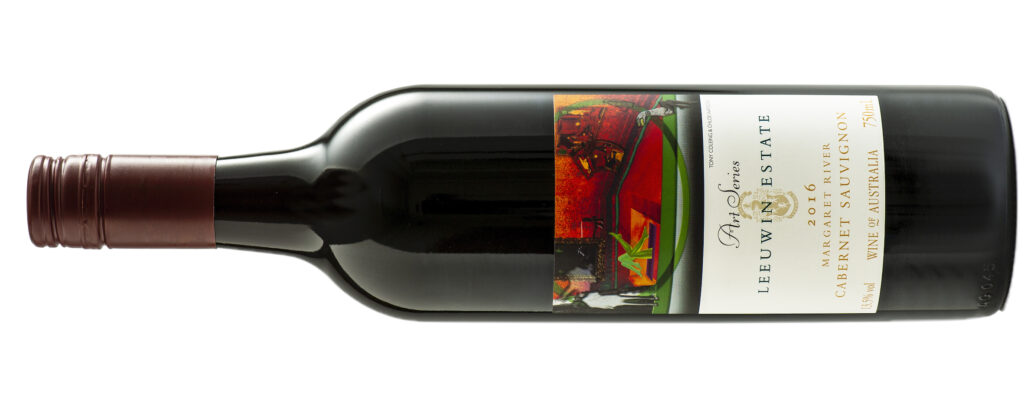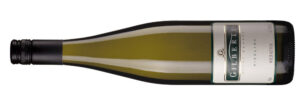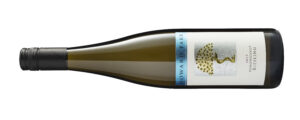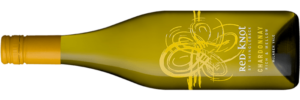A multi-axial approach towards understanding the (red) wines of Burgundy
Brendan Jansen MW
24th September 2020
The wines of Burgundy can be as seductive and beguiling as they can be confusing. This small plot of land – with the Cote D’Or comprising only about 13,000 hectares as compared to Bordeaux’s over 120,000 hectares – is infused with wine history and intrigue. The still wines of Burgundy, of both red and white incarnations, are widely viewed as the most wonderful in the world of wine. Winemakers around the world aspire to produce wines that can come close to rivalling the best Burgundy has to offer.
Much of the mystique around Burgundy stems from the in-depth analysis and classification in the region, pioneered by Cistercian monks over centuries, adding at once both a stamp of authority and an air of opacity.
I, too, have fallen victim to Burgundy’s charms, and I, too, have sought to understand this ever-changing, complex and multi-faceted area.
I do not pretend to be a Burgundy expert – far from it, in fact. I believe that to truly understand Burgundy one has to live and breathe the place, and preferably live and breathe IN the place – as do the likes of Jasper Morris MW and Clive Coates MW.
Yet I have found a formula that I believe assists, and am bravely sharing it.
A quick word on the term “multi-axial”: I borrow it from my psychiatry roots, where, in the American Psychiatric Association’s Diagnostic and Statistical Manual (DSM), diagnoses were, up to the most current fifth edition, spread across five axes. The intention was to highlight the complexities of psychiatric formulation, by making specific reference in the final assessment of such elements as global functioning, psychosocial stresses, personality style, and organicity.
Translating that to the Burgundian setting, I have come to appreciate that certain variables are important, and act somewhat independently from others, yet contribute to the complex “formulation” of the wine. In Burgundy (as in other areas wherein small lots and artisanal holdings predominate, as in Piedmont, Italy) these axes are those of
- Vintage
- Commune
- Quality level, and
- Producer
VINTAGE
Taking each of these in isolation, vintage variation continues to be a major factor influencing both yield and quality in Burgundy, despite the irrefutable march of climate change. While global warming continues, the presence of extreme weather events continues to haunt Burgundian vignerons, especially the curse of hail.
There are perhaps several points to be made about vintage – firstly, increasingly important has work in the vineyard become. Aggressive foliage management, disease control, frost mitigation and yield adjustment can result in very sound wines. Moreover, poorer vintages may bring out larger variations in communal terroir than “good” vintages. (Of course, vintages rated poor for white wines might not be so for red, and vice versa.) Further, hyperlocal variation in weather events can be evident from village to village, vineyard to vineyard, even row to row.
Very reliable vintage charts are widely available, and represent a dependable and accessible resource. I use those available on JancisRobinson.com.
COMMUNE
Provenance is another important axis. Broadly speaking, the Cote de Beaune reds are less muscular and sinewy that those of the Cote de Nuits. There are of course, exceptions. Volnay and Pommard abut each other in the Cote de Beaune, but the ferric content in the Pommard soils leads to much more tannic wines. Likewise, in the Cotes de Nuits, wines from Chambolle Musigny and Vosne Romanee are softer and more perfumed than the more brooding wines of Gevrey Chambertin. Other appellations are “midway”, and the characters of their wines in part depend on where in the commune the vines sit geographically.
QUALITY DESIGNATION
Quality levels – from AOC Bourgogne, up to Village wines, to Premier Cru and then Grand Cru status – offer an in-built system by which we Burgundy lovers can obtain direction. Quality classifications may be similar in different communes, but objective overall quality is not easily comparable. Consider a Premier Cru wine from a well-known appellation such as Vosne Romanee as compared to, say, one from lesser renowned Beaune or Fixin. Nonetheless, these quality levels reflect longstanding acknowledgement of the superiority of some sites within the appellation – due to soil, aspect, terroir….
PRODUCER
Finally, there is the axis of Producer, which can be code for “care in the vineyard” and/or “winemaking techniques”. In regard to the latter – there are as many formulae touted for making the best red Burgundy wines as there are producers. Variations include the inclusion of stems or whole bunches, the pre and post maceration regime (if any), the temperature of fermentation, the type of, and treatment with, oak, to name but a handful of the myriad that exist. Winemaking can of course vary from year to year in the same producer, and aspects such as the degree of protective handling and cleanliness in the winery come into play.
Winemaker variables explain, for example, why two wines from a particular vintage, and particular appellation, and even particular vineyard, can command vastly different prices. Some winemakers develop a cult status, ensuring prices of their best wines are astronomical, and out of reach to most.
PUTTING IT ALL TOGETHER
How does this multiaxial approach assist the average consumer? Price can assist, as broadly speaking, two wines that cost, say A$150 each will have a similar objective quality level, irrespective of producer, quality designation or commune. But going beyond that, I hope the axes mentioned above can help.
An understanding of vintage conditions is a good start. Quality designations, too, are a quick and easy guide.
If, for example, you discover that you love the wines of Gevrey Chambertin, you might seek out a bargain from close by Fixin. Likewise, Puligny Montrachet and St Aubin.
If you prefer more perfumed and less tannic wines, you may stick with the communes of Chambolle Musigny, Volnay or Vosne Romanee.
If you discover that you adore the winemaking style of certain producers, be they more rustic and savoury or more modern, using more or less new oak – stick with them, or seek out producers with a similar style.
A new up-and-coming producer you have discovered might not have hit Rockstar status (yet), making his or her wines more accessible.
A wine from a great producer from a lesser vintage frequently delivers a very pleasant surprise.
HAPPY HUNTING!
Brendan Jansen MW






